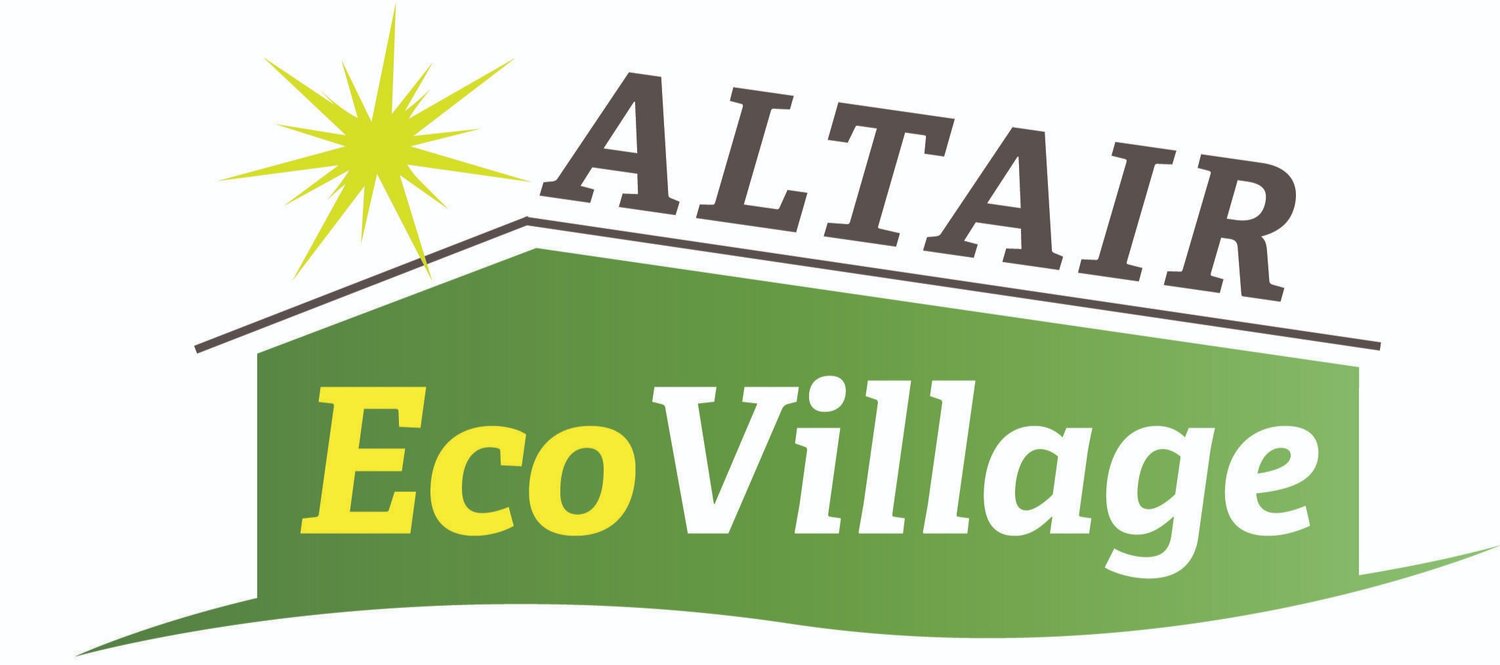Ode to our Forebears
/As modern urbanity became more and more divorced from nature and overran local community life, various counter-movements arose trying to foster a greener ethos. The ecovillage movement is the latest and probably the fullest expression of the eco-communitarian vision. But we can draw inspiration from many of our like-minded forebears.
One was the Regional Planning Association of America:
RPAA was an urban/regional reform association initiated in 1923. Its first major projects were: (a) promotion of the idea of the Appalachian Trail (conceived of as “a pathway to lead civilization to the wilderness”!) and (b) “the preservation of large areas of the natural environment, as a green matrix for shaping regional cities and for serving its various-sized, spatially well-defined, specialized communities.”
The success in publicizing these projects was in large part due to Lewis Mumford, the RPAA’s leading journalist and spokesperson. Mumford also contributed to the organization by sharing his interest in Patrick Geddes’ ideas on regional development and planning. He wrote about Geddes’ concept of “a decentralized yet clustered urban culture integrated with nature.” This led to community-building experiments such as Sunnyside Gardens and Radburn.
Sunnyside (1924) started as a small-scale housing development in Queens, New York. The goal was “to produce good homes at as low a price as possible and to [demonstrate] better house and block plans and better methods of building.”
Radburn (1929, located in northern New Jersey) was a next step, utilizing the analysis from the Sunnyside community experiment.
Through these enlightened ideas and model projects, the RPAA conceptualized and changed our view of American towns, cities, architecture, and planning. We ecovillagers can appreciate it as proto-green!




